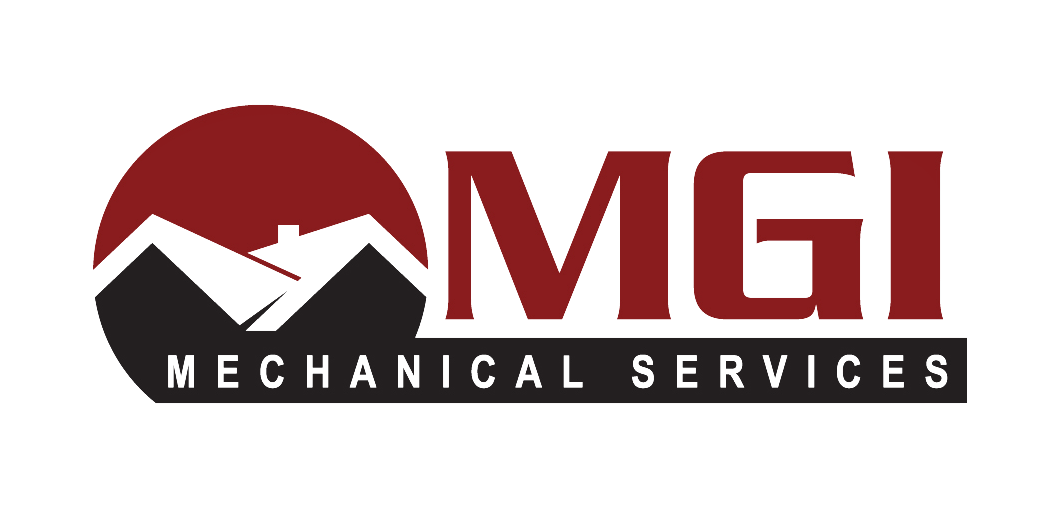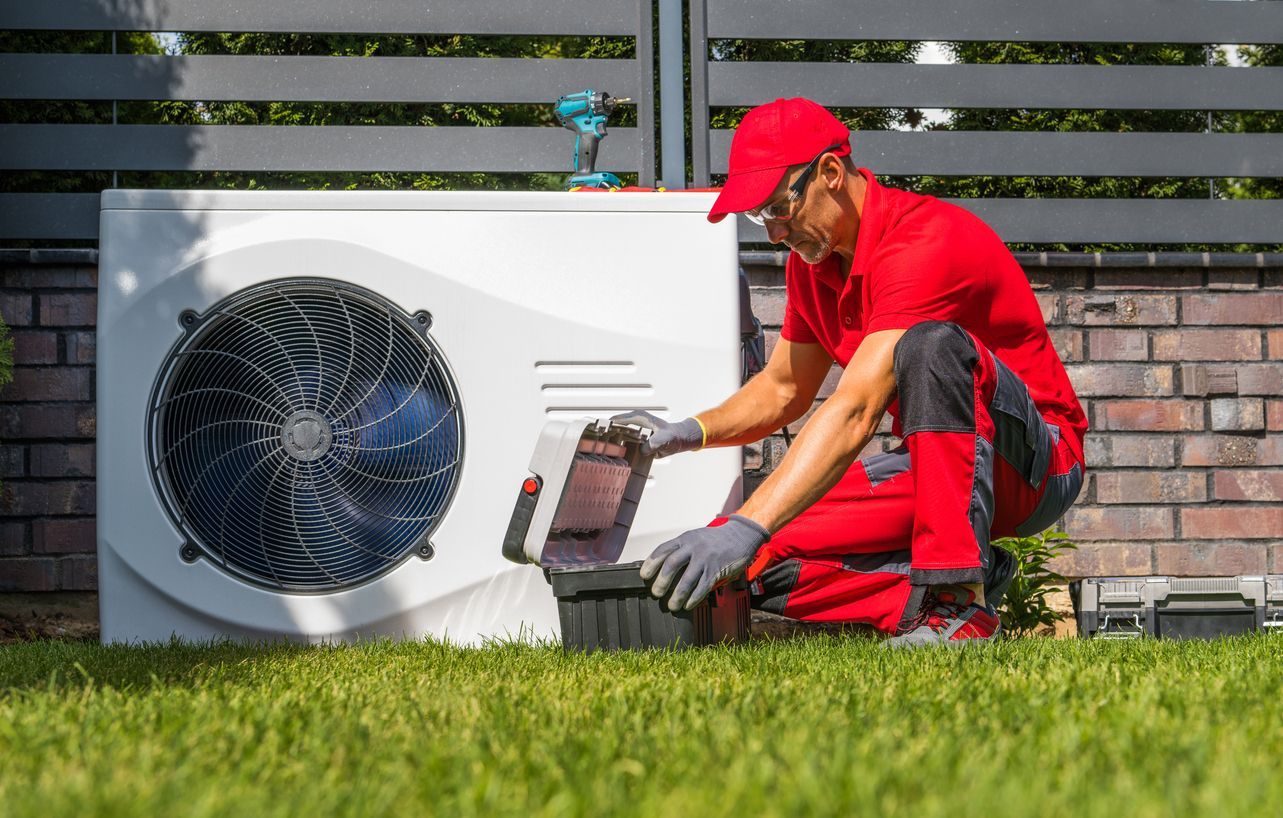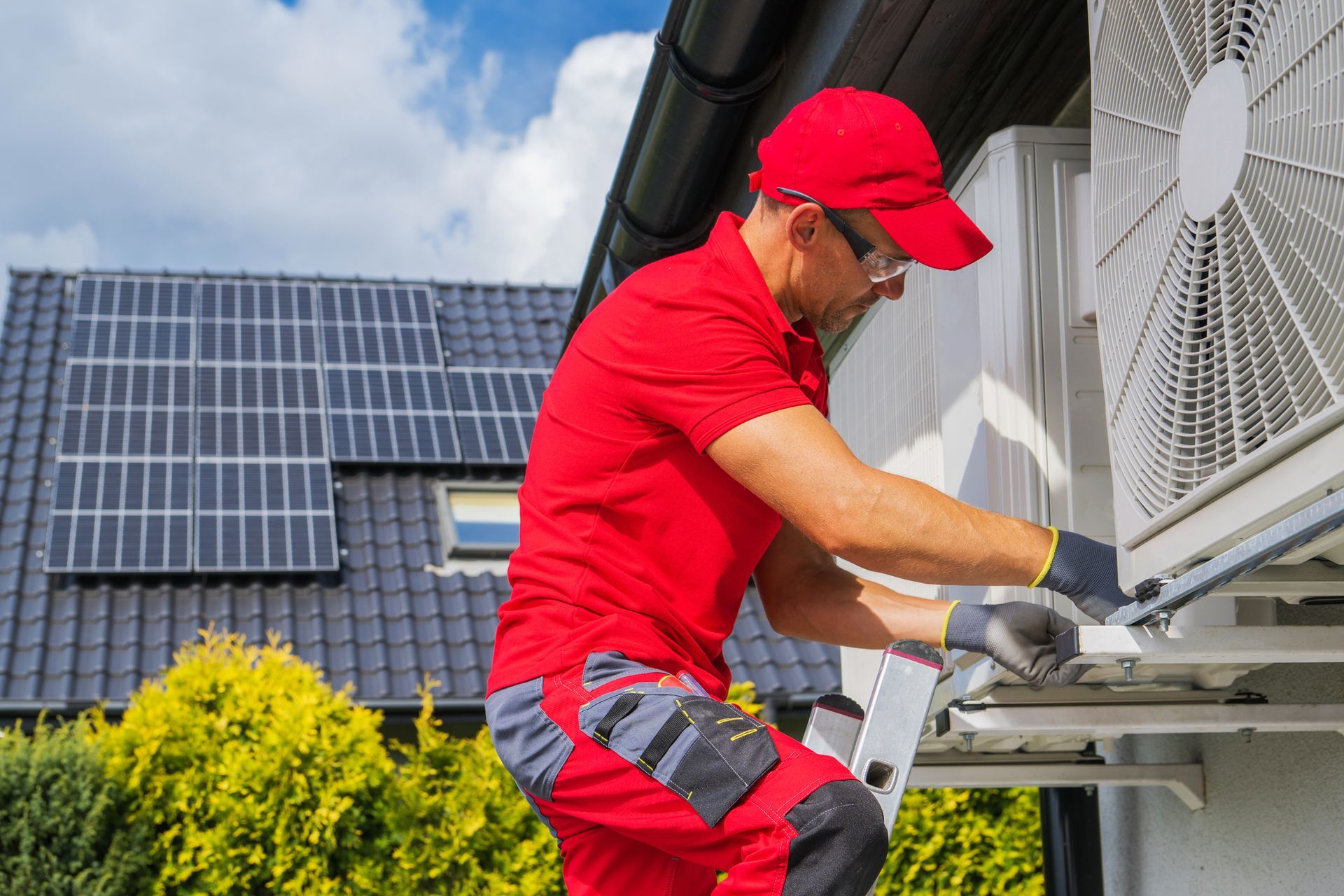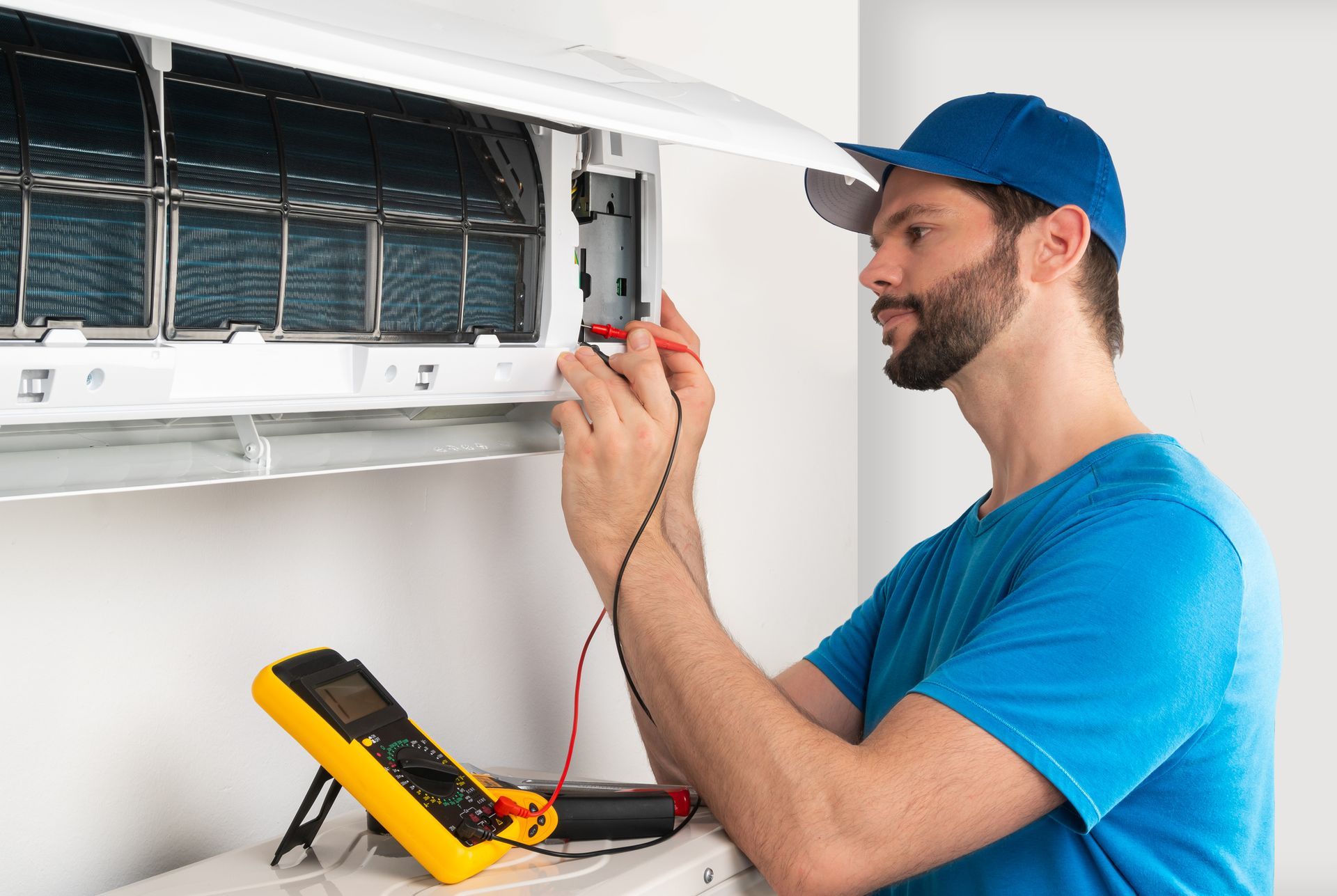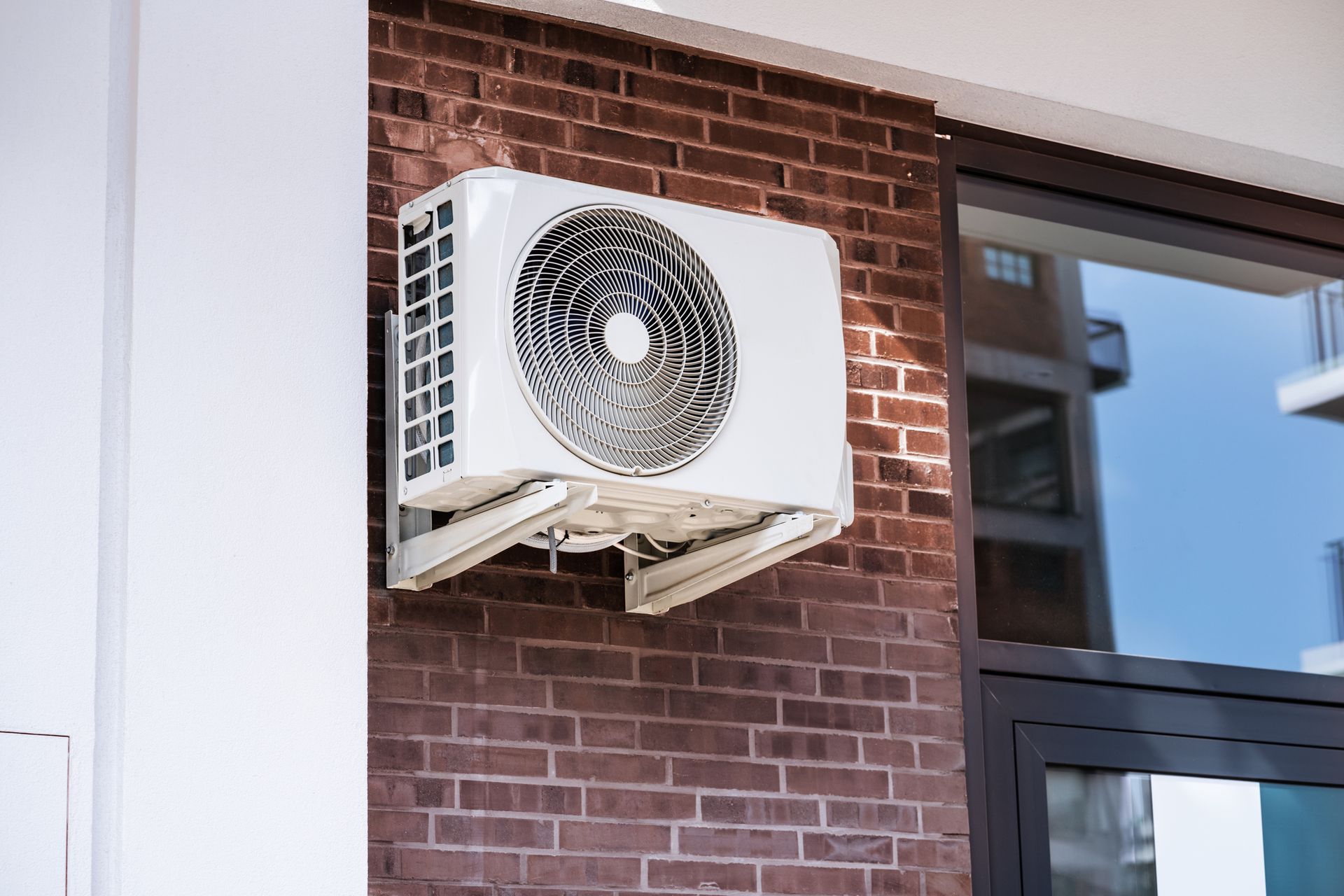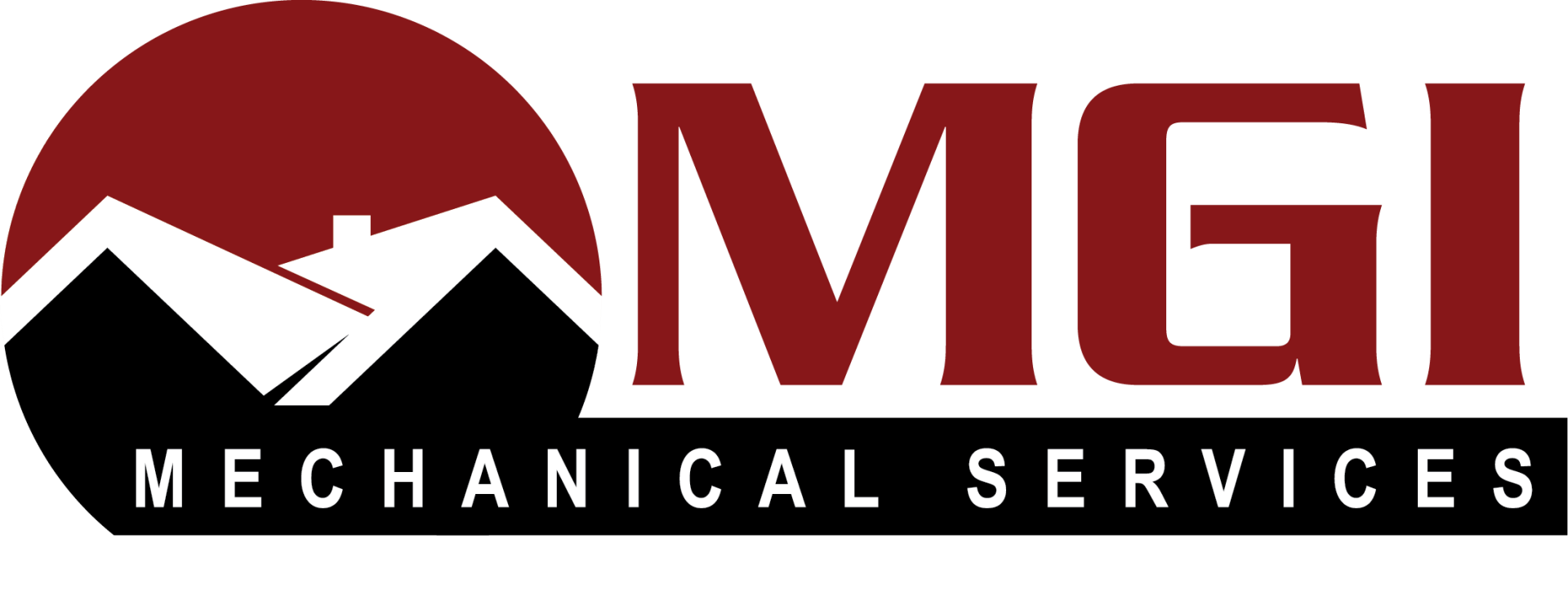Wait, What Are HRVs and ERVs?
Curious about what the acronyms HRV and ERV refer to? You aren’t alone: both of these home ventilation systems are somewhat new to the scene and aren’t as well known to homeowners.
Both are used to enhance indoor air quality while reducing heating costs, but there are a few key differences that you’ll want to know about if you’re researching
ventilation in Windsor, CO. We’re here to break down HRV, ERV, and the difference between the two.
What Do They Do?
The differences between the two can seem slight, but one can be a better fit for certain homes over others. It’s essential to know the advantages one has over the other to make an informed decision for your home’s ventilation.
Heat Recovery Ventilation
Heat recovery ventilation (HRV) will release the stale air in your home while bringing in fresh air. During the winter, the HRV will recover heat from the stale air before it’s removed to heat the cold air coming in from the outside. This process alleviates some of the pressure on your heater, leaving you with a cozier home and lower utility bills.
Energy Recovery Ventilation
Energy recovery ventilation (ERV) works much like HRV, but ERVs will also recover humidity. This process will prevent your home from being dry in the winter while keeping your home less humid in the summer.
The ERV system is excellent for preventing health conditions from both dry and overly moist conditions, such as dry skin or allergies from mold.
Which One Is Right for My Home?
When you’re considering home ventilation in Windsor, CO, you’ll want to consider your heating system prior to understanding how to integrate an HRV and ERV into your home.
You’ll also want to consider when your home was built, how large the space is, and how many people live there.
If you’re still curious about what an HRV or ERV could do for your home, let our experts at MGI Mechanical Services help you today.
Get in touch with us to hear more about the ventilation options for your home.
